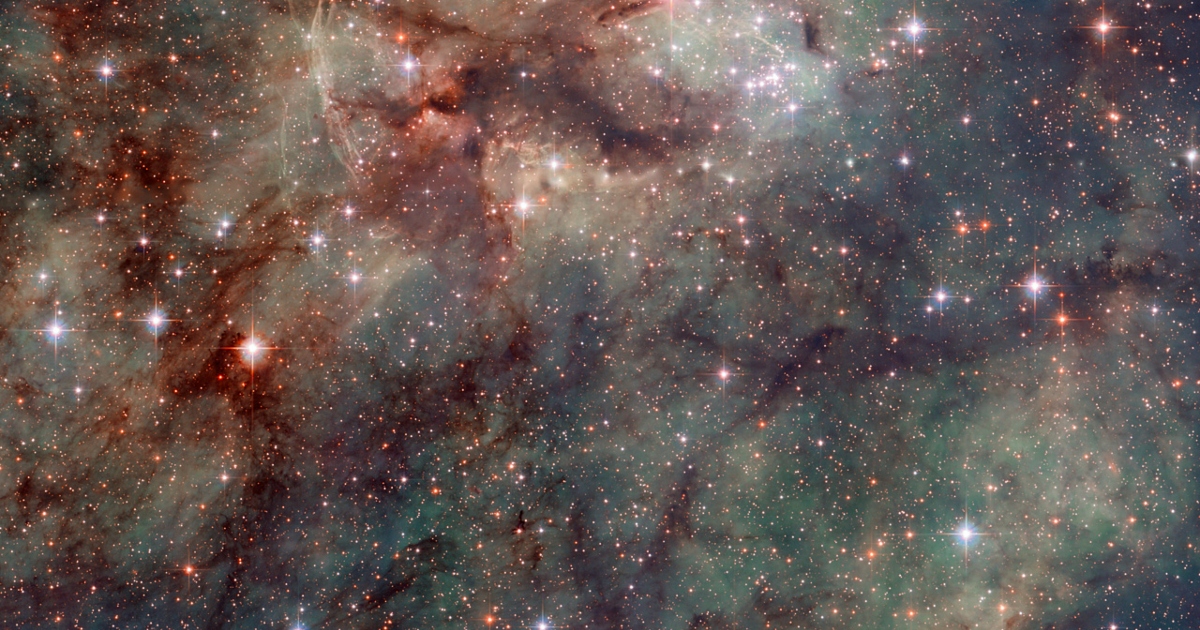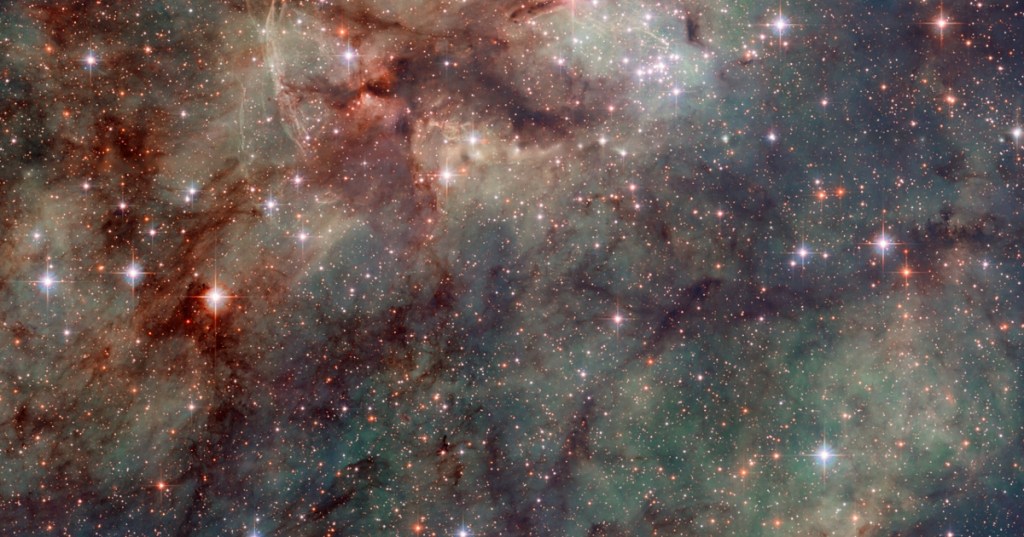Unless you’re an astronomer, you may not know that the Earth’s galaxy, The Milky Way, regularly consumes smaller, dwarf galaxies. That’s why the survival of our nearest galactic neighbors, the Large and Small Magellanic Clouds, has puzzled scientists for years, until a recent Hubble discovery may reveal the answer.

Photo Source: NASA, ESA
According to a September 2022 paper published in Nature, the Large Magellanic Cloud (LMC) maintains a large corona of hot gas that surrounds it and the Small Magellanic Cloud (SMC), preventing The Milky Way from stealing their raw material.
Trails of gas from the dwarf galaxies were detected some time ago, but astronomers got a much better look when combining the observations of the Hubble space telescope and the former Far Ultraviolet Spectroscopic Explorer satellite.
Photo Source: STScI, L. Hustak
The study reports that galaxies form out of primordial gas clouds, and the larger ones retain a portion as coronas. Although considered a dwarf galaxy, the LMC’s corona was large enough to protect itself and the SMC. The corona is the reason galaxies can be seen by the naked eye in dark skies around the Southern Hemisphere. These protective gases are tenuous and not infinite. Each encounter with the Milky Way or another object wears away part of the corona.
The shield won’t last forever. Scientists predict both the LMC and SMC are going to fall directly into The Milky Way’s orbit, and disappear. Perhaps we’re doing all we can in the meantime, studying and enjoying the abundance of stars these two galaxies putting forth before it’s too late.
